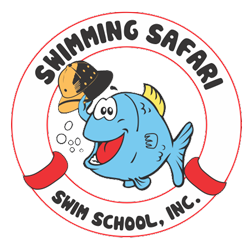Portal
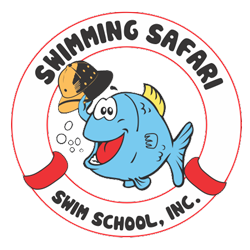
Swimming Safari provides private and group swimming lessons for babies, toddlers, kids, teens, and adults in Jacksonville, FL and surrounding areas. Our facility includes a heated indoor pool and highly trained instructors.
4775 Windsor Commons Court
Jacksonville, FL 32224
CALL: (904) 260-1836
QUICK LINKS
FROM THE JUNGLE JOURNAL
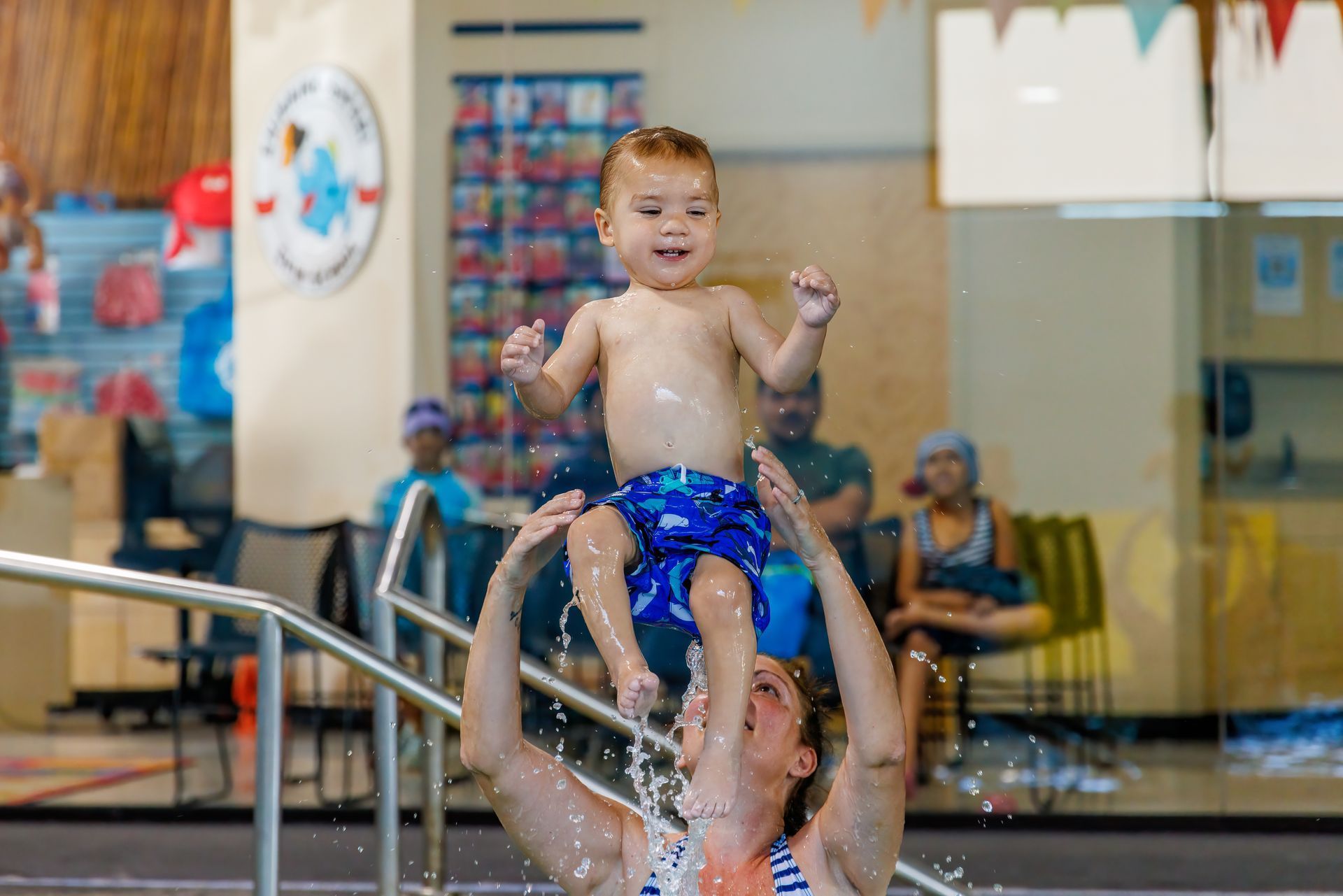
September 19, 2025
Confidence in Small Steps Every child faces moments that feel big and a little scary. Without gentle opportunities to practice bravery, those fears can grow. How Swimming Builds Courage Swim lessons provide safe, structured ways for babies to: Try new things like back floating or going under briefly Gain independence by moving toward a parent or toy Take turns and share space with others Each small victory builds resilience and self-assurance. Beyond Swimming Confidence gained in the pool carries over into everyday life. From learning to walk, to making friends, to starting school, courage grows with every splash. Pro Tip: Celebrate effort, not just achievement. “You tried so hard!” is just as powerful as “You did it!” Start building your child’s confidence now. Book a free trial class at Swimming Safari.
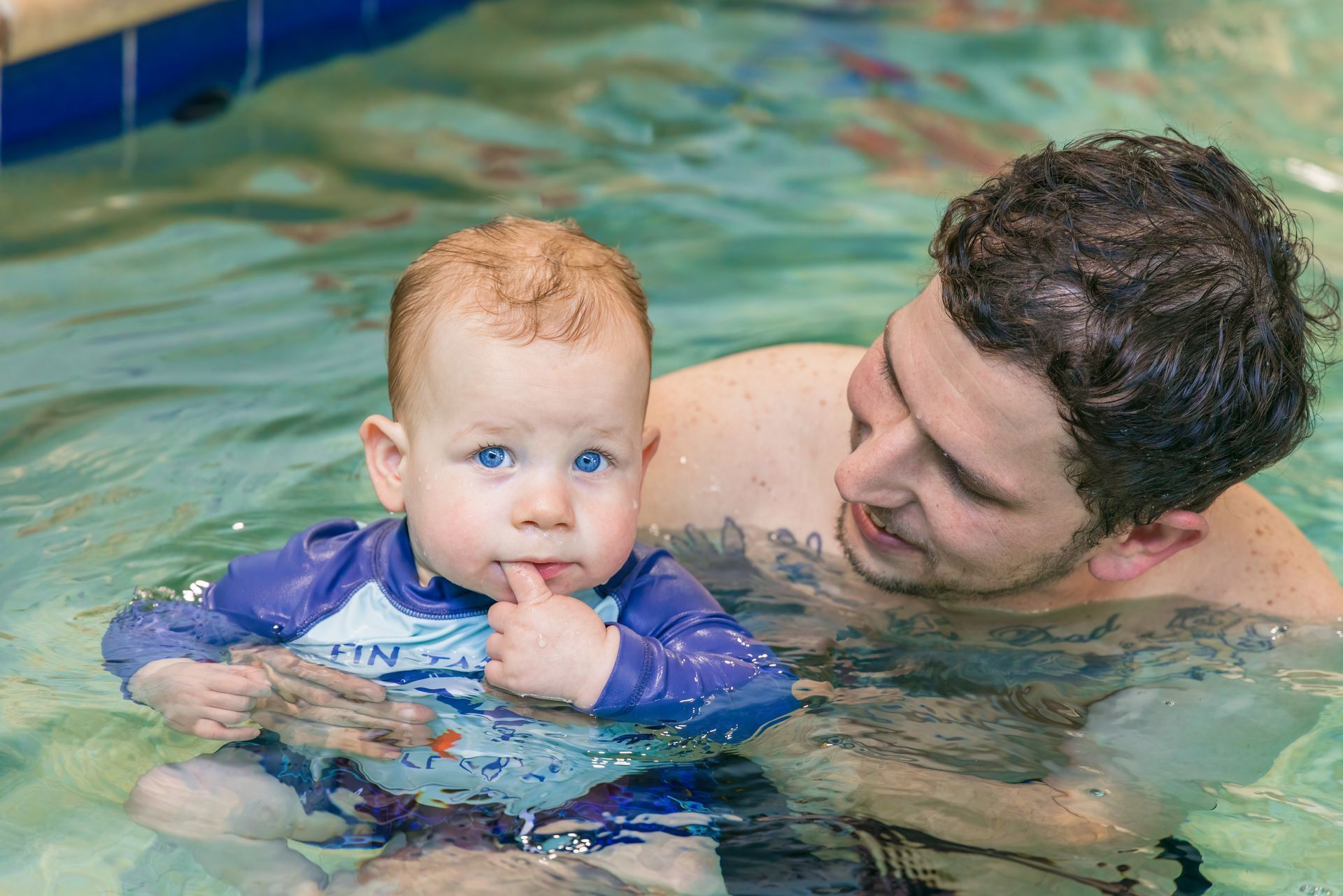
September 19, 2025
The Risk Parents Don’t Expect Water is one of the leading risks for young children. Many parents wait until their child is “older” to think about lessons—but water safety habits can start long before then. What Babies Can Learn Early Even before their 2nd birthday, little ones can: Practice short moments of breath-holding Get comfortable floating on their backs Turn toward a parent or the pool’s edge for safety These are taught gently, through games and songs that feel natural and fun. Why Early Matters The earlier your baby begins, the more confident and comfortable they’ll be in the water as they grow. That confidence means safety and peace of mind for you. Pro Tip: Practice blowing bubbles in the bath; it’s the perfect way to introduce breath control. Give your baby a safe start in the water. Join us for a free trial class.
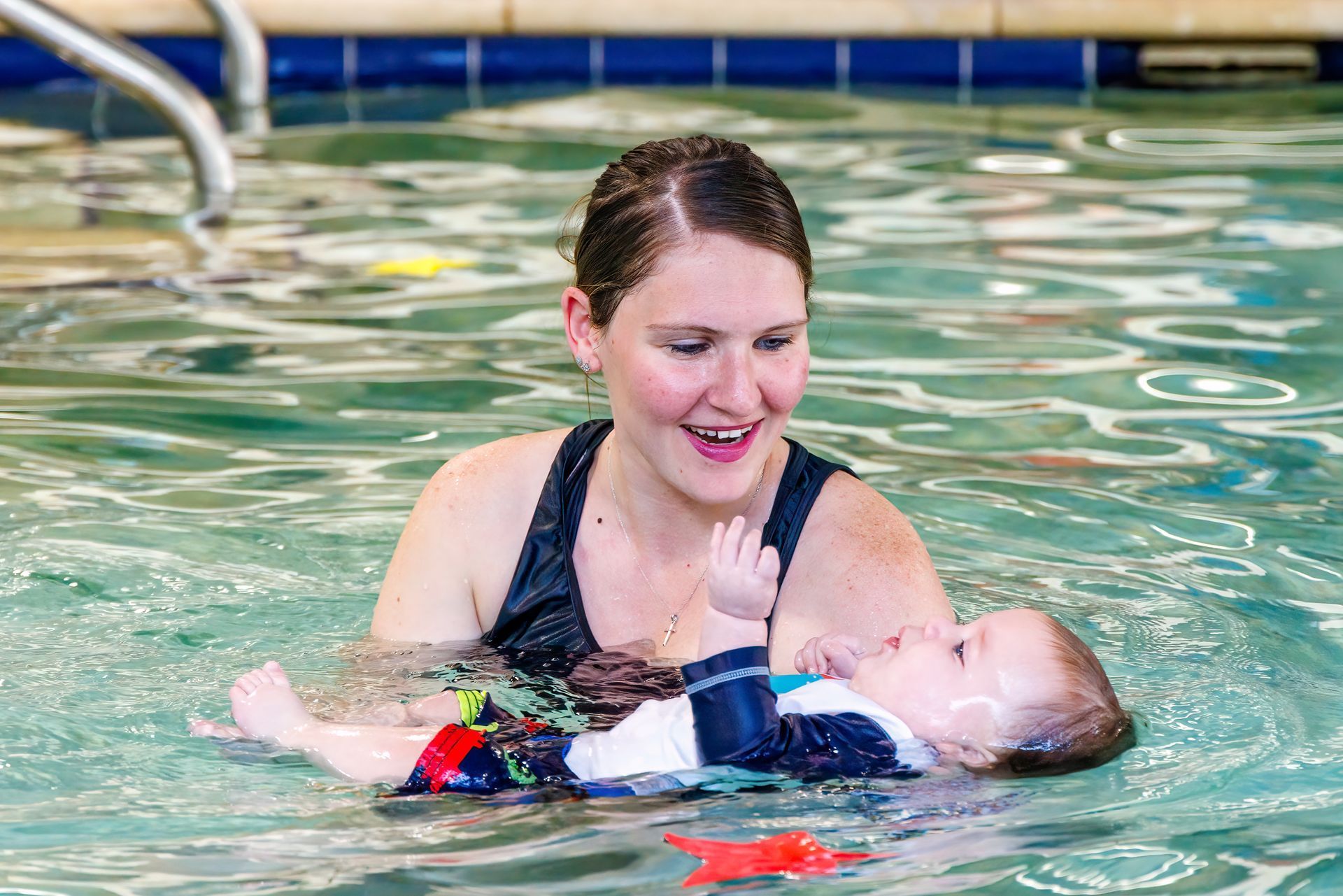
September 19, 2025
Why Early Development Matters The first two years of life are when your baby’s brain develops faster than it ever will again. Every experience sounds, movements, touches builds connections that shape their growth. How Swimming Boosts Development Swim lessons engage your baby in all areas at once: Cognitive: Following songs, cues, and instructor guidance. Physical: Building strength through kicking, splashing, and reaching. Emotional: Feeling secure in your arms while trying new challenges. Social: Watching, imitating, and playing alongside peers. Beyond the Pool The skills your baby practices in the water, focus, coordination, and confidence, translate into learning and growth in every part of their world. Pro Tip: Celebrate every small splash; encouragement builds confidence that sticks. Want to see your child’s giggles turn into growth? Book a free trial class today.
